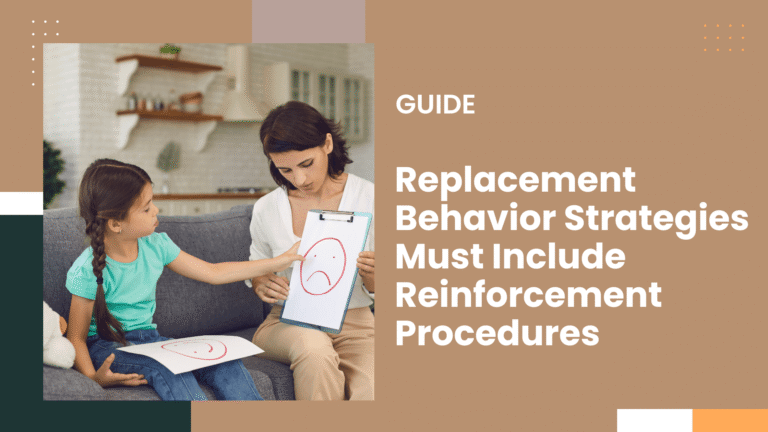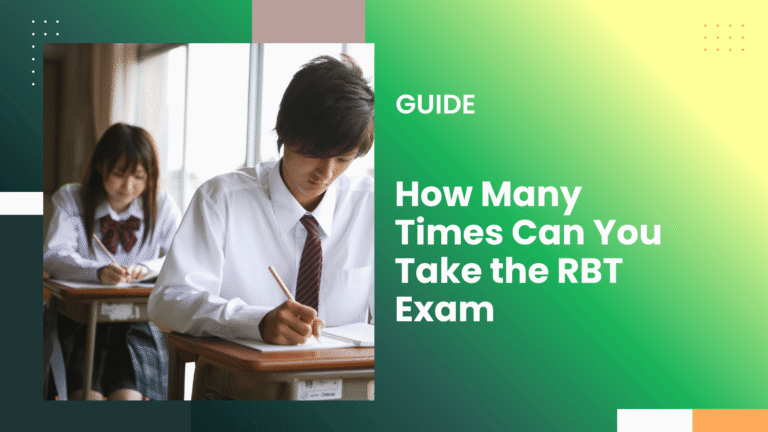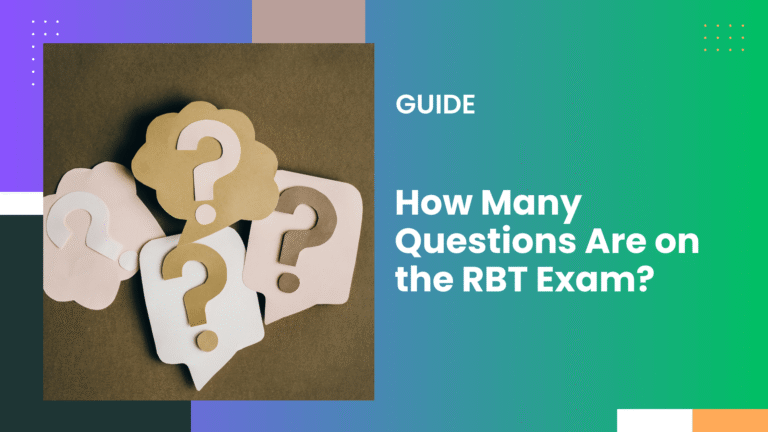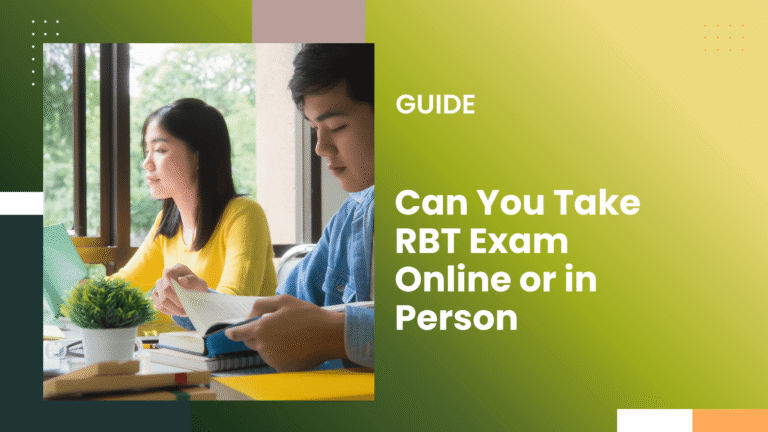RBT Pairing Session Note Example | PDF Download Free 2025
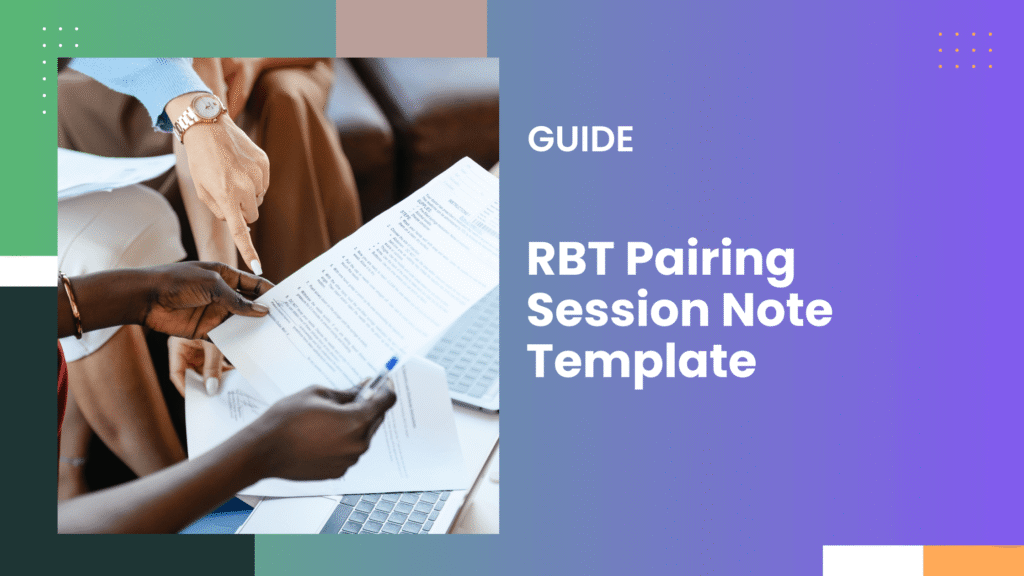
An RBT pairing session note example includes therapist-led play using bubbles and sensory toys, observed client engagement, and no demands. Download our free RBT session note template to streamline documentation.
Funny story about a beginner notes I encountered a while back, when pairing with a new client, his session note said “we played.”
I mean that might be true, but it’s not enough. This phase is critical, and how you document it says a lot about your clinical skills, even before programs begin.
Download RBT Pairing Session Note Template
What Exactly Is a Pairing Session?
Pairing is where you build a rapport with your client.
Basically, in this stage, you’re not teaching targets yet. You’re learning what they like, how they respond, and how to become a reinforcer yourself.
You will be showing up and being present, delivering good things with no demands, but that still requires solid documentation.
What to Include in Your Pairing Note
There are no fixed rules to follow, and you’re not running goals, but essentially your note should still cover:
- Session basics – client name, date, time, location, session length
- Purpose – label it clearly: “Pairing session, rapport building only”
- Activities used – bubbles, pretend play, sensory toys, books, music, etc.
- Client behavior – note engagement: smiling, vocalizing, making eye contact, approaching you, asking for help
- Observed preferences – what the child liked, what they avoided, any strong reactions
- Any spontaneous skills – e.g., following a direction or making a request, even if unprompted
- Your response – how you supported their interests without placing demands
- Next steps – whether continued pairing is needed, or if light demands will be introduced next session
Keep It Objective and Descriptive
My personal advice is to not write: “Client was happy,” but rather “Client smiled, clapped hands, and approached therapist holding a preferred toy on 3 occasions.”
As you can see, it is much more detailed and thorough. And one more thing, is to stick to observable behaviors, cause that makes your notes clinical and not vague when reviewed.
How Long Should You Pair?
You might pair for:
- 15–20 minutes at the start of every session (even long-term)
- The entire session for the first few days or weeks, depending on the client
- Short bursts throughout the session if trust starts to fade mid-session
There’s no set rule or time period, and it depends on how the child is responding, and that’s something your BCBA will decide.
How to Record your Pairing Session?
- Use your company’s session note system or form
- Write the note immediately after the session, and details fade fast
- Use short, simple sentences, and please don’t overexplain it. I said earlier to be descriptive, yes, do that, but not overdo it. Just state what you did and what you saw.
- If the pairing didn’t go well (client resisted, cried, ignored you), that’s okay to say, just describe it clearly as it is in your report.
Example Pairing Note
“Pairing session: Therapist engaged client using bubbles, toy car ramps, and a sensory bin. Client smiled, made eye contact, and independently approached therapist with bubbles. No demands were placed. Client appeared motivated by movement and sound. Next session will continue pairing with access to musical toys.”
As you can see, the RBT used varied and sensory-rich activities (bubbles, car ramps, sensory bin), which shows intentional effort to pair themselves with reinforcement.
Another thing to note is that the client was “motivated by movement and sound,” which is again a useful observation for building a future reinforcer inventory or preference assessment.
Mistakes to Avoid When Pairing
Some do it, but i personally told my clients to avoid doing these things:
- Writing session notes with vague phrases like “good session” or “played a lot”
- Forgetting to include the purpose of the session
- Leaving out how the client responded
- Skipping the next steps or a plan for future pairing
- Using subjective terms without evidence (happy, mad, bored)
Pairing notes are supposed to be more than “we played today.” They will need to be proven to build trust, observe behavior, and understand what motivates your learner.
So, please be honest, be specific, and also write it while it’s fresh in your mind.

